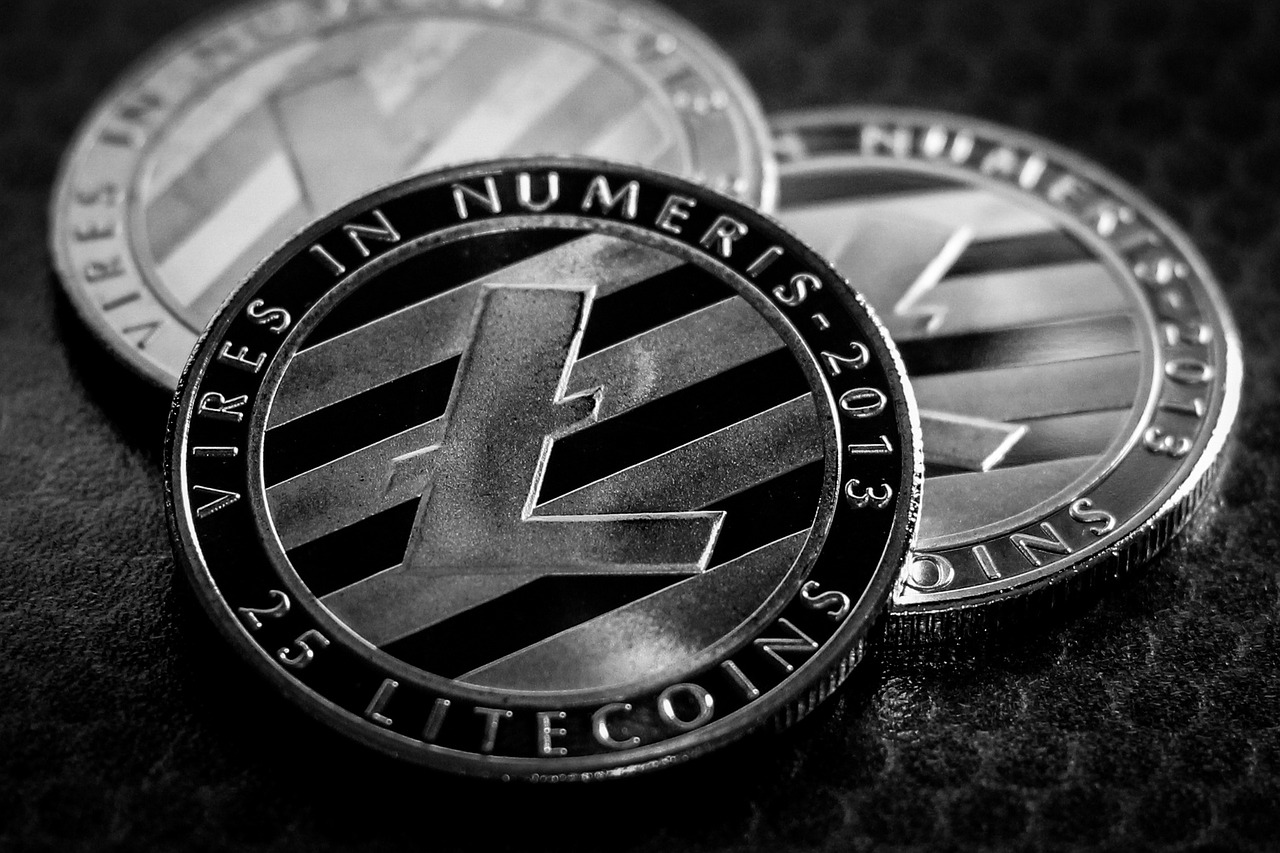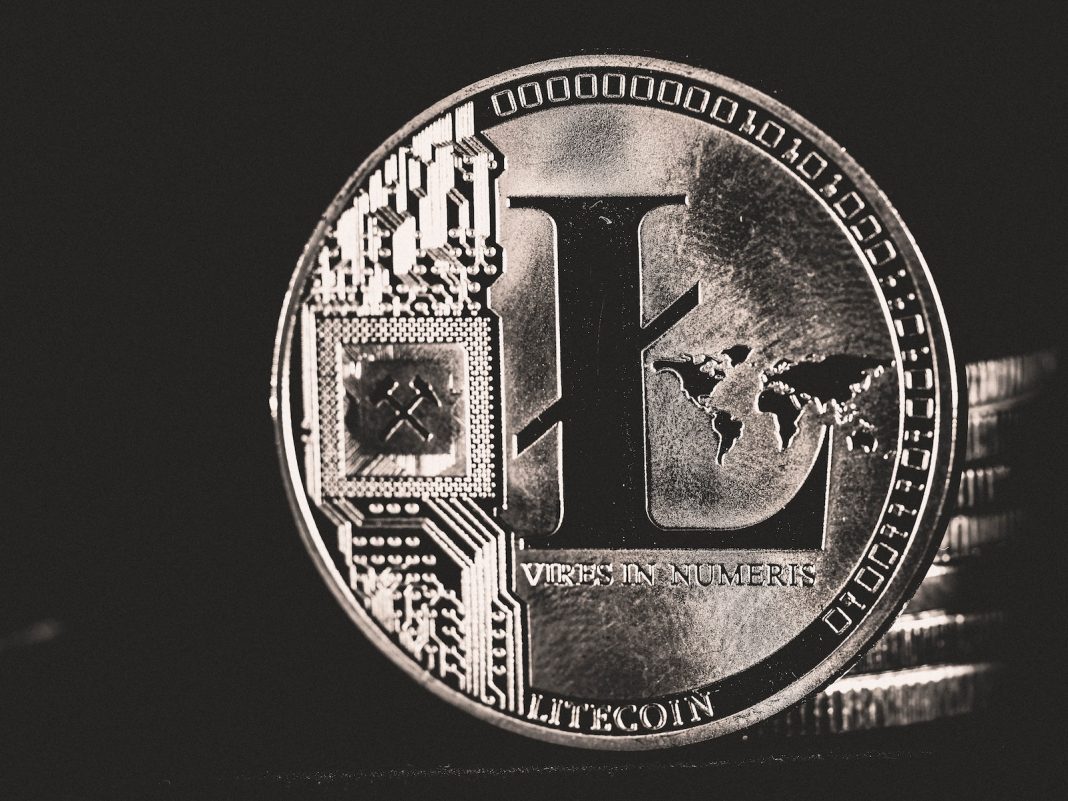In the world of cryptocurrencies, speed and efficiency are crucial. Among the top contenders, Litecoin stands out for its impressive transaction speed. But why is Litecoin faster? The answer lies in its underlying technology, which has been designed to facilitate quicker block generation and transaction confirmation times.
Understanding Block Generation
The speed of a cryptocurrency largely depends on how quickly new blocks are generated in its blockchain. For Bitcoin, a new block is created every 10 minutes. However, Litecoin’s protocol aims to create a new block every 2.5 minutes, making it four times faster than Bitcoin. This reduced block time means transactions can be confirmed at a much quicker pace, providing a smoother and more efficient user experience.
The Role of Scrypt Algorithm
Litecoin’s speed advantage also stems from its use of the Scrypt algorithm in its Proof-of-Work (PoW) system. Unlike Bitcoin’s SHA-256 algorithm, Scrypt is less complex and requires less computational power. This allows for faster block generation and transaction processing, further enhancing Litecoin’s speed.
Network Congestion and Speed
Cryptocurrency networks can become congested when there are too many transactions to process, slowing down transaction times. However, thanks to Litecoin’s faster block generation time, it can handle a larger volume of transactions. This helps to prevent network congestion and maintain high transaction speeds, even during periods of high demand.

Segregated Witness and Lightning Network
Litecoin was one of the first cryptocurrencies to adopt Segregated Witness (SegWit), a method that increases block capacity by removing certain parts of transaction data. This allows more transactions to fit into a single block, speeding up the overall transaction process. Additionally, Litecoin’s compatibility with the Lightning Network – a layer-2 solution designed to enable instant transactions – further boosts its speed capabilities.
What makes Litecoin faster than other cryptocurrencies?
Litecoin is faster due to its quicker block generation time (2.5 minutes compared to Bitcoin’s 10 minutes), the use of the Scrypt algorithm, and its adoption of SegWit and the Lightning Network.
Does Litecoin’s speed affect its transaction fees?
Yes, Litecoin’s faster transaction times often result in lower transaction fees compared to slower, more congested networks like Bitcoin.
Is Litecoin’s speed advantageous for small transactions?
Absolutely. The quick transaction confirmation time makes Litecoin ideal for small, everyday transactions, where speed is often essential.
How does the Scrypt algorithm contribute to Litecoin’s speed?
The Scrypt algorithm requires less computational power than Bitcoin‘s SHA-256, allowing for faster block generation and transaction processing.
What role does SegWit play in Litecoin’s speed?
SegWit increases block capacity by removing certain parts of transaction data, enabling more transactions to fit into a single block and speeding up the overall transaction process.
In the dynamic landscape of cryptocurrencies, Litecoin has carved out a niche for itself with its impressive transaction speed. Its unique features, such as faster block generation, the use of the Scrypt algorithm, and the implementation of SegWit and the Lightning Network, all contribute to its speed advantage. This makes Litecoin not only an efficient choice for users but also a strong contender in the world of digital currencies. As we continue to embrace the era of digital transactions, understanding why Litecoin is faster provides valuable insight into its potential and applicability in various use cases.


